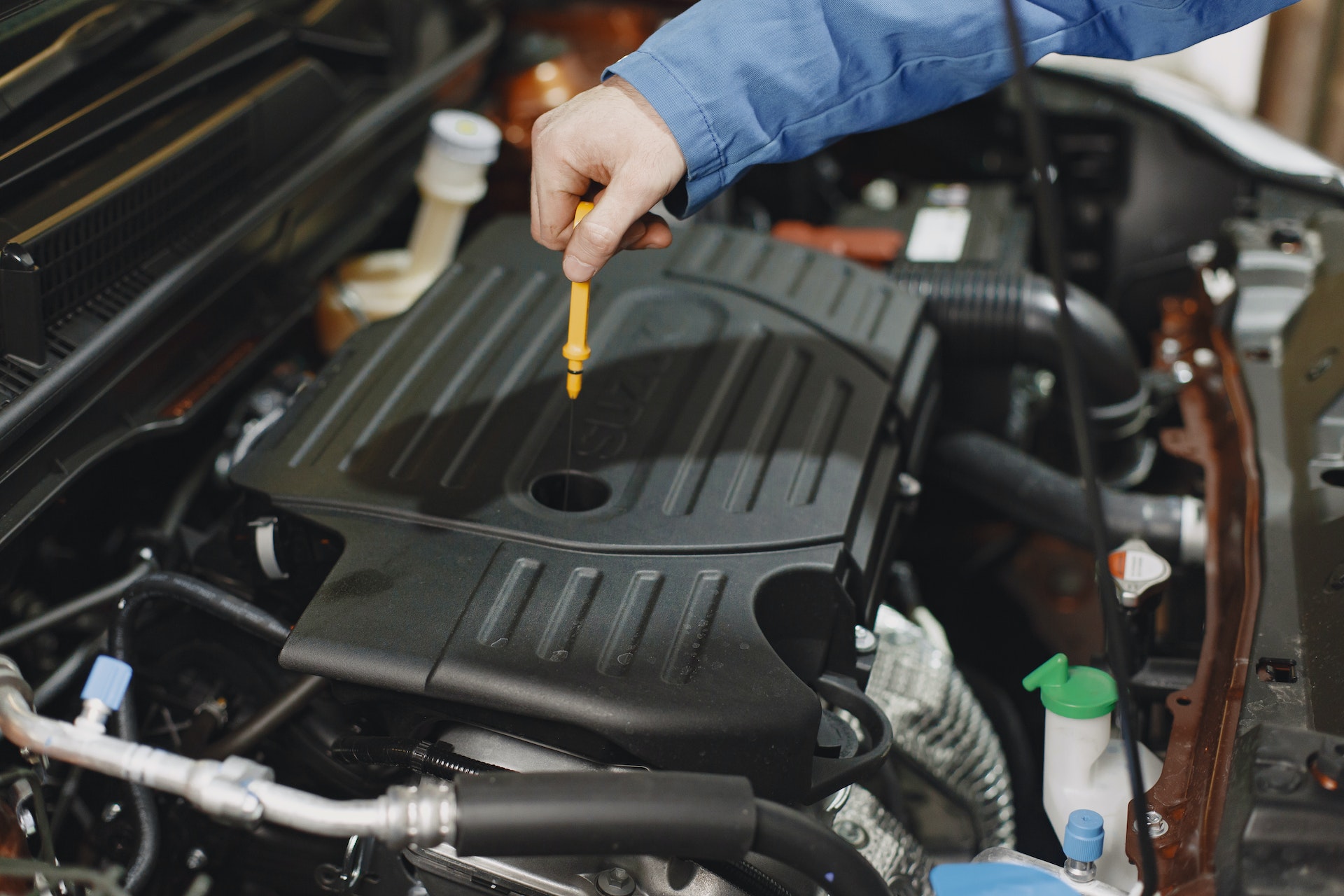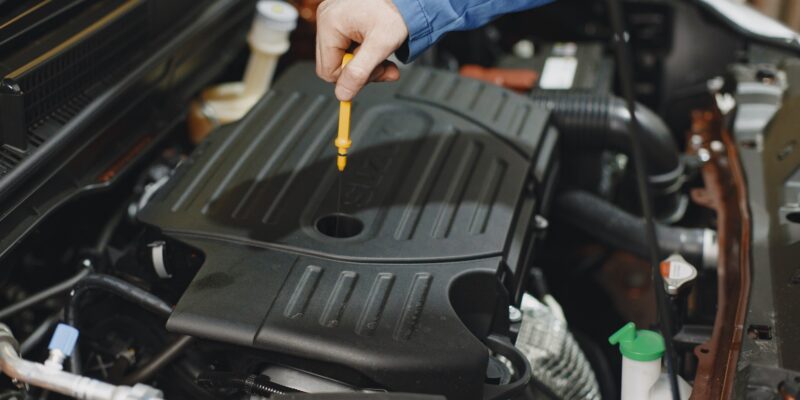
Regular oil changes are vital to the health of your engine irrespective whether you drive a small car or a heavy-duty commercial vehicle. In the past oil change guidelines required more frequent services. With advances in engine technology and enhanced oil formulations the drain intervals of engine oil have increased drastically – heavy duty diesel engine oils in particular. ed.
Original Equipment Manufacturers (OEMs), the European Automobile Manufacturers’ Association (ACEA) and the American Petroleum Institute (API) have developed tests and specifications for long drain engine oils. Although these are designed to replicate real world use, the South African operating conditions are significantly more severe than in most other countries. Trucks operate in hotter environments, on rugged terrain, in areas of high dust, over long distances and, last but not least, with heavy loads.
Lubricant manufacturers often promote their high-performance engine oils (ACEA A3/B3 & E7, API CK-4 & SN, etc.) as Extended Drain or Long Life lubricants. In response the following question is frequently asked How long can I extend my oil change intervals? Alas, there is no simple and straight forward answer to the question. Engine oil is drained for two reasons:
- Additives are consumed during the life of the oil in the engine and may get depleted.
- To drain contaminants out of the engine when the used oil is replaced.
Very often the oil is contaminated beyond safe limits before the additives in the oil are depleted.
The following lethal contaminants can be root causes of premature oil degradation and engine failure:
Dust:
The ingestion of hard abrasive dust particles via the air intake system into an engine leads to rapid wear of engine components. Less than 100 grams of dust can severely affect expected engine life. A ten-litre diesel engine with a defective air filtration system spinning at 1400 rpm can breathe in up to 500 milligrams of dust per minute.
Fuel:
Frequent cold starts of an engine, excessive idling, cold running conditions and a defective fuelling system can lead to dilution of the engine oil with unburned fuel. Fuel dilution reduces the viscosity of the oil and also causes wash-down of oil on cylinder liners which accelerates ring, piston and cylinder wear.
Soot:
All internal combustion engines produce soot due to incomplete fuel combustion. It is a common misconception that soot does not occur in petrol engines, but it does. It is, nevertheless, not such a big problem in petrol engines as in diesel burners. The soot reaches the engine oil via blow-by past the cylinders. High concentrations of soot lead to viscosity increase, sludge, engine deposits and increased wear.
Water:
Frequent cold starts and extended periods of idling, especially in wintertime, causes water condensation in the crankcase. Water is one of the most destructive contaminants in lubricants. It attacks additives, causes rust, induces base oil oxidation and reduces hydrodynamic oil film strength. It also increases the corrosive potential of common acids found in used engine oils.
Glycol:
Most engine coolants contain glycol. It can get into the engine oil due to defective engine seals, leaking head gaskets, cracked cylinder heads, corrosion damage and cavitation of wet liners.
Glycol reacts with oil additives and causes precipitation. This affects the performance of the oil negatively. Less than one percent of coolant containing glycol in diesel engine oil is enough to coagulate/clot soot and cause a dump-out condition leading to sludge, deposits, oil flow restrictions and filter blockage.
Now back to the question How long can I extend my oil change intervals? It should be obvious by now that you need to know the condition of the used oil to determine suitable engine drain intervals. Various late model vehicles and construction equipment are fitted with telematic systems. Telematics combine GPS, onboard diagnostics, sensors and other technologies to record and transmit real time vehicle data that includes oil and filter health. This allows you to make decisions regarding oil drain intervals without waiting to bring the vehicle in to the workshop.
The majority of engines operating in South Africa, however, are not fitted with telematics and sensors to determine the condition of the oil, and oil analysis is the best tool to determine safe oil change intervals. In addition, a good oil analysis program can also help reduce unscheduled downtime, improve reliability, extend engine life and reduce maintenance costs.
Finally, talk to your engine, filter and lubricant suppliers. At Q8Oils we have the people, products and proficiency to assist you to optimize your oil drain intervals, reduce maintenance costs and to extend engine life. Simply phone 011 462 1829 or email us at info@bcl.co.za. Our lubricant experts will be happy to answer any questions you may have.

